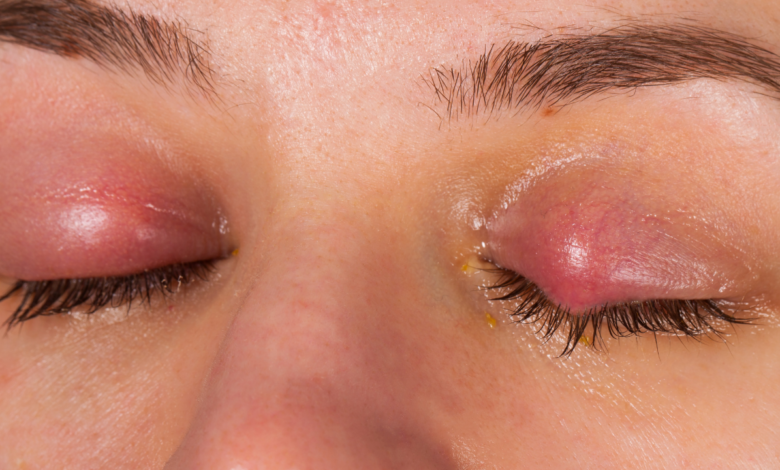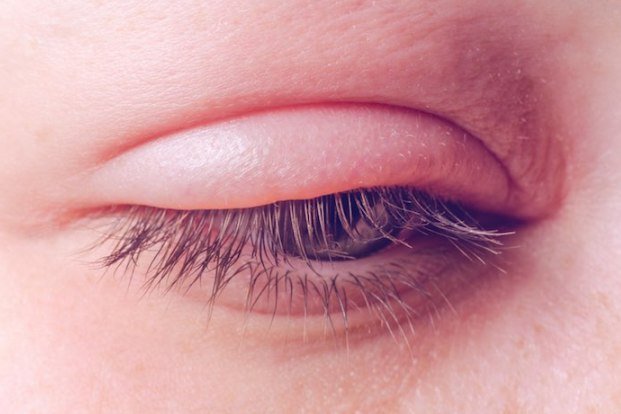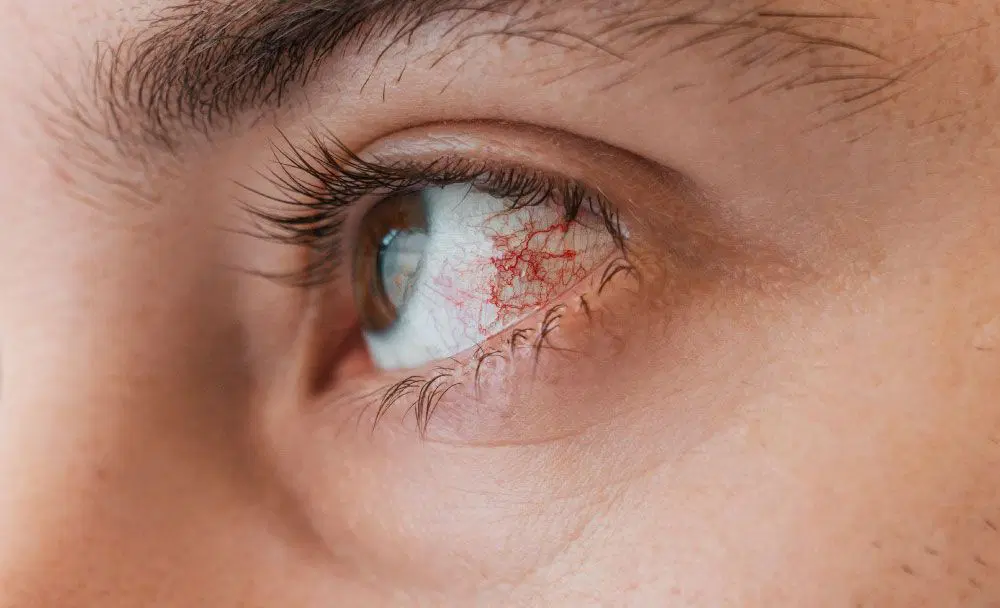Eye Flu: Symptoms, Causes, and Effective Remedies

Eye flu, commonly known as conjunctivitis or pink eye, is an uncomfortable and contagious eye infection. Understanding its symptoms, causes, and treatment options is crucial for maintaining optimal eye health. In this comprehensive guide, we’ll explore the intricacies of eye flu, offering valuable insights on how to treat the infection effectively and prevent its recurrence.
1. Symptoms of Eye Flu:

1. Redness in the white part of the eye (conjunctiva):

The eye takes on a pink or red hue due to inflammation. This noticeable change in color is often one of the first signs of conjunctivitis. It can vary in intensity, from a subtle pink tint to a deep and vibrant redness.
2. Itchy and watery eyes:
Persistent itching and excessive tearing are common discomforts associated with eye flu. The urge to rub the eyes can worsen the irritation and potentially spread the infection, making it important to resist the temptation to scratch.
3. Gritty sensation:
Individuals with eye flu may experience a sensation akin to having sand or grit in the eye. This feeling can be irritating and lead to further rubbing, potentially exacerbating the condition. It results from the inflammation of the conjunctiva.
4. Swelling and puffiness around the eyes:

The infection can lead to swelling and puffiness not only in the conjunctiva but also in the surrounding tissues. This can give the affected eye a swollen appearance, causing discomfort and affecting the normal functioning of the eyelids.
5. Increased sensitivity to light:
Medically termed photophobia, heightened sensitivity to light is a characteristic symptom of eye flu. Even normal light levels can cause discomfort, and exposure to bright light sources can lead to pain and squinting.
6. Discharge from the eyes:
One of the distinguishing features of eye flu is the discharge that the eyes produce. This discharge can vary in color—ranging from clear to white, yellow, or even green. The type of discharge can provide valuable information about the underlying cause of the infection.
7. Crusty eyelids:
Upon waking up, individuals with eye flu may find their eyelids stuck together due to dried discharge. This can be particularly bothersome and may require gentle cleaning to separate the eyelids without causing further irritation.
2. Causes of Eye Flu:

The causes of eye flu are diverse and can be attributed to several factors:
- Viral Infections: Viruses, often similar to those causing common colds, are the primary culprits behind most instances of eye flu. The highly contagious nature of these viruses makes them easily transmissible through direct contact.
- Bacterial Infections: Bacterial infections can also trigger eye flu, with symptoms typically being more pronounced. This includes thicker eye discharge and the possibility of crusting.
- Allergic Reactions: Allergies to substances like pollen, dust, pet dander, or certain eye drops can lead to symptoms resembling eye flu. These may include redness, itching, and watery eyes.
- Irritants: Exposure to irritants such as smoke, chemicals, or foreign objects can induce eye irritation and inflammation, mirroring some eye flu symptoms.
3.Treating Eye Flu:
The effective management of eye flu hinges on understanding its underlying cause and employing targeted treatments:
Viral Conjunctivitis:
As viral infections do not respond to antibiotics, treatment centers on symptom relief. Applying warm compresses can offer soothing comfort, and stringent hygiene practices are essential to prevent transmission.
Bacterial Conjunctivitis:
Antibiotic eye drops or ointments are commonly prescribed for bacterial-induced eye flu. Completing the full course of antibiotics is crucial even if symptoms abate.
Allergic Conjunctivitis:
Symptoms of allergic conjunctivitis can be alleviated with antihistamine eye drops. Avoiding allergens and using artificial tears can provide additional relief.
Irritant-Induced Conjunctivitis:
Flushing the affected eye with clean water is recommended to remove irritants. If a foreign object is suspected, refrain from rubbing the eye and seek professional assistance.
If you have any queries related to medical health, consult Subhash Goyal or his team members on this given no +91 99150 72372, +91 99150 99575, +918283060000



